Dear Mom,
I was asked to reflect upon what made me so passionate about educating students within a global perspective. From the time that I can remember, you have always taught me to pay close attention to what is happening in our world. You provided me with a foundation of which I use today as a focus of how I live. You gave me the inspiration and passion to continue your path as an educator.
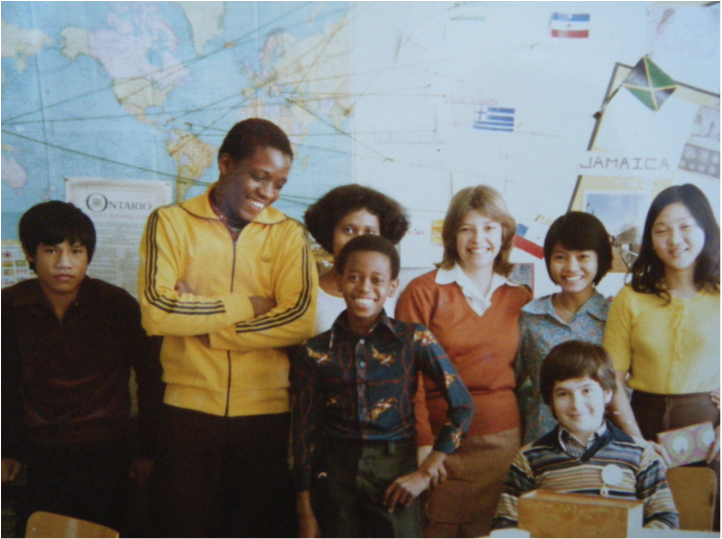
I know that education has changed since your first years. However, your vision to make change in our world and to advocate for social justice has not changed. You taught students to be fair. You helped impoverished families. You tirelessly helped immigrant families find their place our community. You taught children to make connections to the world beyond themselves. You helped them see that they need to be active and engaged participants.
35 years ago you recognized that students need an inquiry approach to learning. Today – we are are saying the same thing, and we say its because they have access to instant information – but its not. It’s because students need to be active participants in their learning.
It is now my turn to continue what you started. To connect myself and my students to the world beyond their own. Many years ago, you said that people are more educated now about injustices- and that it is thanks to groups that were the first ones to bite the bullet, the first ones to talk about things like racism .
YOU SAID.. It may not be popular, but it’s necessary. I hear this same statement everyday about students learning across our world. It is necessary that we provide them with adequate, fair, and universally designed learning space. Not always popular, but necessary.
It was about 10 years ago when I made my first personal connection, as an adult, to the world outside my own.
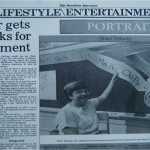
Sometime in the spring of 1999, Kosovo hit the international headlines when forces under the Yugoslav President Milosevic tried to suppress the Albanian majority’s independence campaign. This news item struck my interest because you taught me to pay attention to what was happening in our world, to always ask questions and to listen to stories. So I did. I wanted to know more. With my new computer and first ever Internet connection, I began following blog posts from Kosovo Albanians who were being forced to flee their homes – thousands killed. Night after night I read posts from people all over the world expressing their disgust and concern over the Milosevic rule.
That was my first taste of the Web 2.0
– My first time publishing my own thoughts for the world to see. This was my first Social Network outside my personal space. I felt incredibly empowered and excited that this could be possible. I had passion ,
I had an opportunity and I had a platform to do what was necessary and give my students the same opportunity to learn that the world needs them.
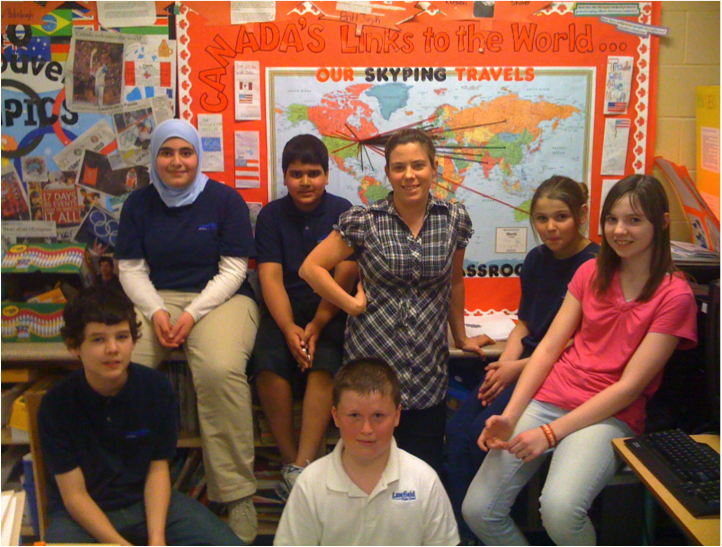
You taught me to be authentic and current. It is my goal to give my students the gift of a Global Learning Community and as a result, I have found one myself. And, You were right when you said, “don’t do it alone”. 10 years ago, I began to share my voice to strangers, and I felt connected. Today, I share my voice with colleagues, friends and supporters from all over the world and I never feel alone.
You helped me see how one person’s passion and dedication can lead to progress and change and you told me to network and be active. I can’t compare my experience with your involvement in anti-war protests in the mid 1970’s or your leadership in the civil rights movement, or your membership in Affirmative action coalitions. But, I can tell you that I am become networked. I have met so many people – across Ontario and Canada- and the world – that share their knowledge, their passion.
Jenny from Australia inspired me to use tools like ipods in the classroom so my students can blog and read news and events from their homelands – in their languages. Doug from Ontario sends weekly props as encouragement. Andy from Bellville –always the first to offer help with any tech question, Jen from Alberta and Kathy from Saskatchewan share their classrooms with me in literacy and numeracy and remind me everyday with their blogs and tweets that learning and teaching is fun and engaging and connected.
You might think that my world as an educator is much different from yours. In many ways, it is. Today, technology has provided opportunities, and tools, and choices – but most of all – access. With these, tools I can translate, podcast, listen write, share and collaborate – all for free.
It is my vision – my dream, I suppose to provide equal opportunity for my students, like you did. While the tools that I currently use in my classroom will change, I promise that I will continue to learn new ways of reaching peoples potential -.
Through innovation, creativity and new technologies, our world is catching up to a movement you started years ago.
Mom, enjoy your retirement.
Have comfort in knowing that the community of activists for students around the world continues growing bigger everyday.
With Love, Zoe
What was your first taste of 2.0? Do share…


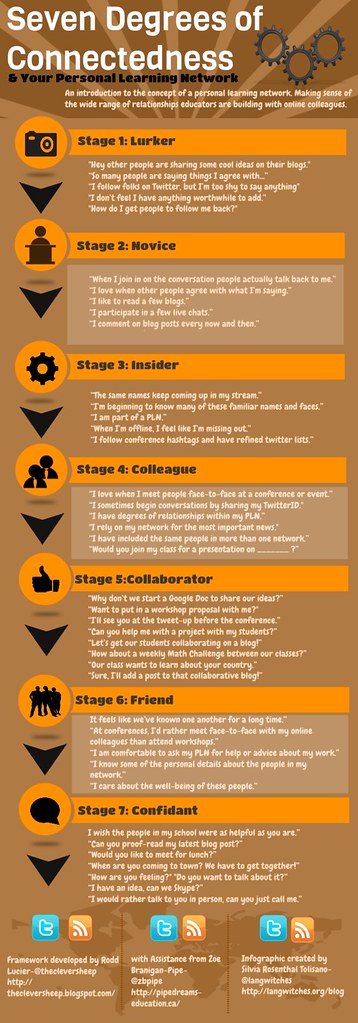
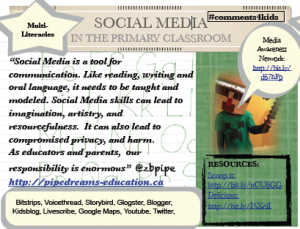
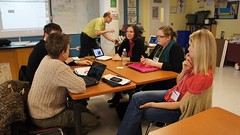



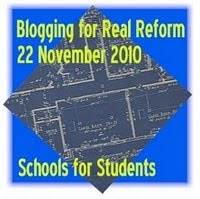 In September, my teaching assignment changed drastically – from teaching 12 year olds in a Grade Six Class
In September, my teaching assignment changed drastically – from teaching 12 year olds in a Grade Six Class 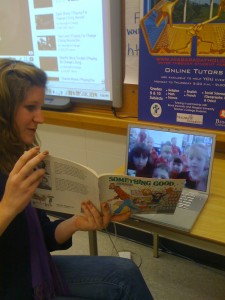

 I owned my own electronic keyboard and then my very first laptop computer, a Tandy computer from Radio Shack. I remember clearly getting my first colour TV with a remote that didn’t have cords. In the 90’s – my first computer, internet connection, digital phone, cd player, dvd player, Ipod, memory key (1G costing $80). I remember having to learn how to use Word, then Wordperfect, then Star Office and then Word again and now I don’t use any of it. I had to switch from Outlook to First Class. I changed my internet service provider six times in order to find the best deals. I changed my blog hosts from blogger, to edublogs, to wordpress. I changed from iWeb to wikispaces for student collaboration and then to individual student accounts.
I owned my own electronic keyboard and then my very first laptop computer, a Tandy computer from Radio Shack. I remember clearly getting my first colour TV with a remote that didn’t have cords. In the 90’s – my first computer, internet connection, digital phone, cd player, dvd player, Ipod, memory key (1G costing $80). I remember having to learn how to use Word, then Wordperfect, then Star Office and then Word again and now I don’t use any of it. I had to switch from Outlook to First Class. I changed my internet service provider six times in order to find the best deals. I changed my blog hosts from blogger, to edublogs, to wordpress. I changed from iWeb to wikispaces for student collaboration and then to individual student accounts.

